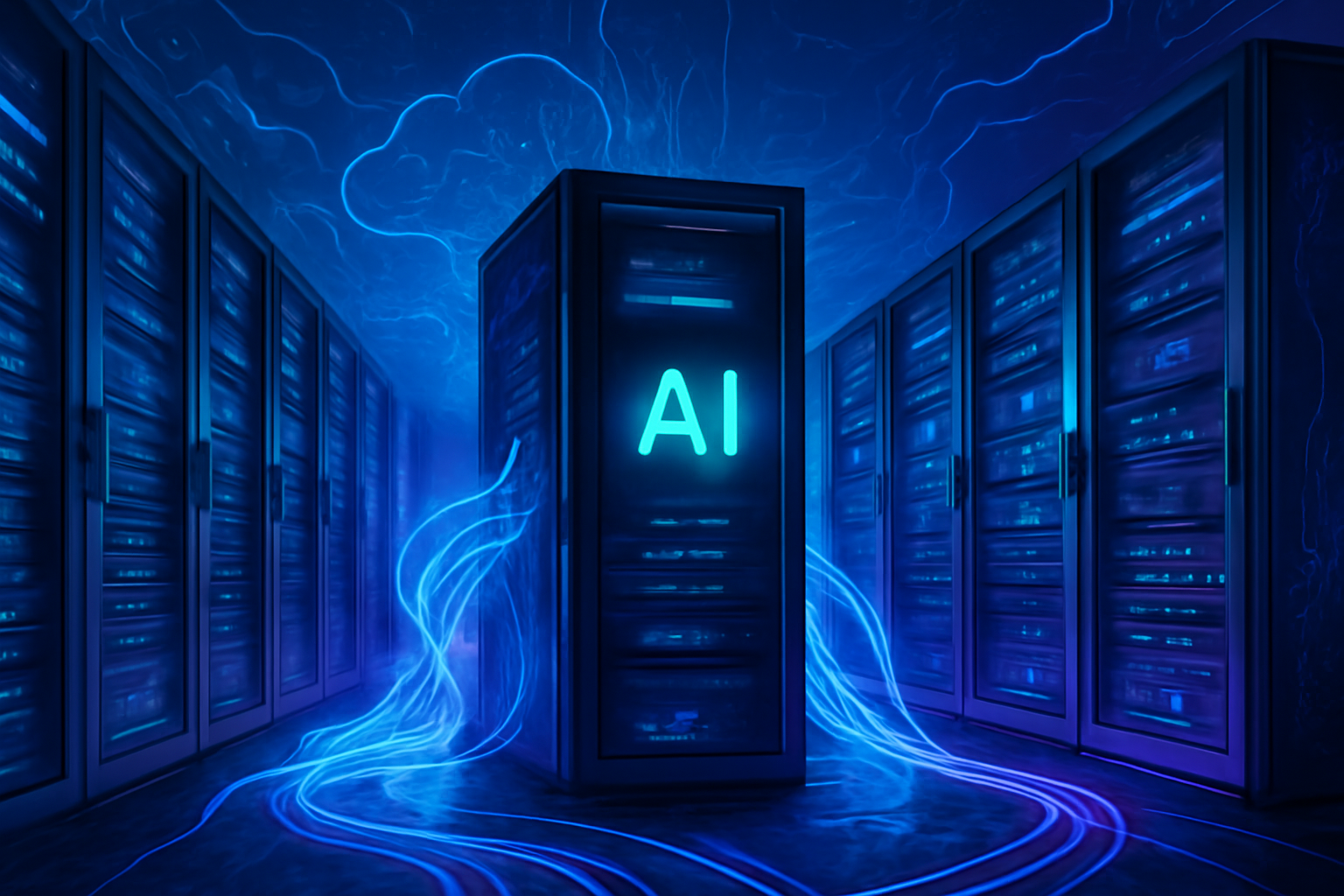Artificial Intelligence: Exploring ChatGPT, LLMs, Generative AI, and the Path to the Singularity
Artificial Intelligence (AI) has rapidly transformed from a futuristic concept into an integral part of our daily lives. From the rise of ChatGPT and large language models (LLMs) to the revolutionary advances in generative AI, the pace of innovation is both fascinating and, for some, a little intimidating. In this blog post, we’ll explore what these technologies are, how they work, and what they mean for the future — including ideas like the technological singularity and the parallels with the advent of the internet.
Understanding the Basics: What Are ChatGPT, LLMs, and Generative AI?
ChatGPT is a prime example of a large language model developed by OpenAI. It uses deep learning techniques to understand and generate human-like text based on the input it receives. But ChatGPT is just one application of a broader class of AI models called large language models (LLMs).
LLMs are trained on massive datasets containing text from books, websites, articles, and more. This extensive training enables them to understand context, grammar, and nuances in language, allowing them to generate coherent and contextually relevant responses. Unlike traditional rule-based AI, LLMs learn patterns in language rather than relying on pre-programmed instructions.
Generative AI goes beyond language. It includes models that can create original content such as images, music, videos, and code. Examples include DALL·E (for image generation), GPT (for text), and other models tailored for specific creative tasks. By “generating” rather than simply analyzing data, these AI systems open up new possibilities across industries — from entertainment and design to healthcare and education.
The Internet and AI: A Comparison of Paradigm-Shifting Technologies
The rise of AI is often compared to the advent of the internet. Both technologies have fundamentally altered how people access information, communicate, and conduct business. The internet connected the world by making knowledge and communication instantly accessible, while AI is now changing the way we interact with information — making it more personalized, interactive, and intelligent.
Just as the internet evolved with new protocols, platforms, and infrastructure, AI continues to improve thanks to advances in computational power, data availability, and algorithm development. Companies like CoreWeave are building specialized cloud infrastructure optimized for AI workloads, enabling faster training and deployment of complex models. This infrastructure is key to scaling AI capabilities and making them accessible to a wider audience.
The Singularity: What Is It and Should We Be Concerned?
The concept of the technological singularity refers to a hypothetical point in the future when AI surpasses human intelligence, leading to rapid, uncontrollable advancements. At this stage, machines could theoretically improve themselves without human intervention, potentially transforming society in unpredictable ways.
While the singularity remains speculative and is a topic of debate among experts, it raises important questions about AI ethics, control, and safety. For now, AI development is focused on augmenting human abilities and solving complex problems, but researchers and policymakers emphasize the need for responsible AI governance to mitigate risks.
Why AI Matters Today and Tomorrow
From virtual assistants that help us organize our lives to AI-driven medical diagnostics that can detect diseases early, the impact of artificial intelligence is tangible and growing. Businesses leverage generative AI to automate content creation, improve customer service, and enhance data analysis.
Moreover, AI’s role in scientific research accelerates discoveries by analyzing huge datasets and simulating scenarios that would be impossible or time-consuming for humans alone. As these technologies continue to mature, their integration into everyday tools will become seamless, empowering creativity and productivity.
Getting Ahead with AI: What You Should Know
- Learn the basics: Familiarize yourself with terms like LLMs, neural networks, and generative models.
- Stay updated: AI is a fast-moving field — follow trusted sources such as OpenAI’s blog or MIT Technology Review.
- Think critically: Understand both the benefits and ethical considerations of AI technology.
- Experiment: Try out AI tools like ChatGPT yourself to get a feel for their capabilities and limitations.
Conclusion
Artificial intelligence, especially through innovations like ChatGPT, large language models, and generative AI, is reshaping the world as we know it. While the journey toward concepts like the singularity remains uncertain, the current wave of AI advancements offers immense opportunities to enhance how we live and work.
By understanding these technologies and their implications, we can better prepare for a future where human creativity and machine intelligence work hand in hand — unlocking possibilities we have yet to imagine.
For a deep dive into AI infrastructure and companies driving this revolution, you can explore CoreWeave’s official website.

Leave a Reply